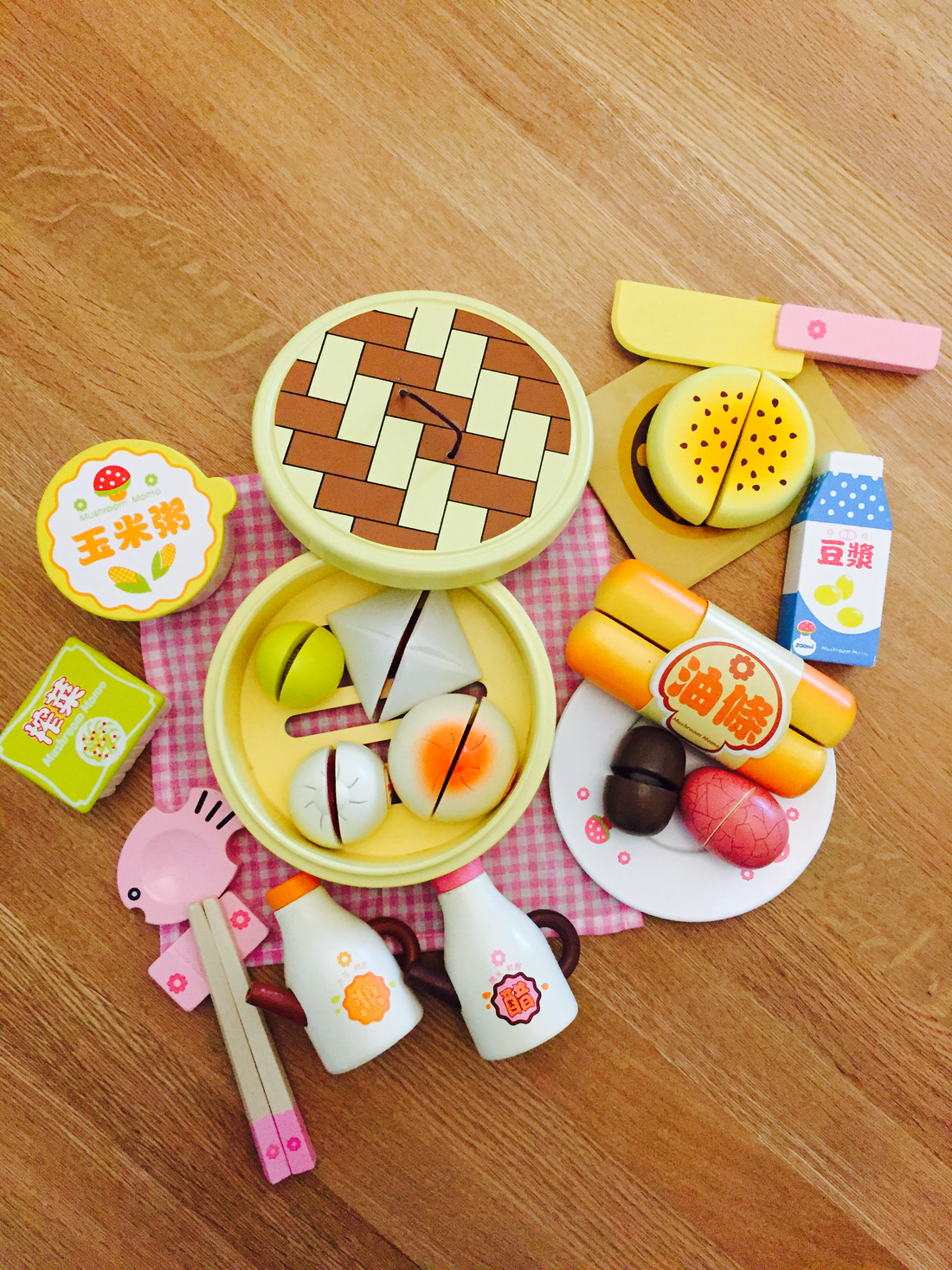
Diverse Toys + Playtime
One of the most frequent reactions that I've gotten when meeting people at events or telling them about my business is that their eyes sparkle, they get animated and express genuine enthusiasm about what I'm trying to do. They love that either they can relate to the toys and books that I sell and wish that they had them when they were growing up or are delighted that they can expose their children to a more diverse landscape through play.
Eating sushi, dumplings and all kind of more ethnic foods and having a global mindset is so much more commonplace now-- which I love. Growing up in the Midwest there wasn't a lot of diversity at school and children had a more limited scope to their world. (Everyone thought I was related to the one other Asian kid in my class and the lunch lady). And that is probably why I feel the need to craft a world for my son where he can soak up another language, feel completely comfortable with his own culture and learn and accept other cultures as well.
“An inclusive toy box can promote positive racial/ethnic, gender, and cultural identity development for children. It’s important for children to see themselves reflected in their toys,” Hewitt says. She explains that a lack of representation in a child's toy box can send harmful messages ranging from “people who look like me don’t matter” to concerns that there aren't others who look like them. -- Psychologist Dr. Amber A. Hewitt states in the article "Why you should give kids toys that look like them." I agree! Not having diverse toys growing up didn't hinder my growth but it would have been a great bonus. Luckily, I grew up with supportive parents that sacrificed a lot to give us as many opportunities as possible which I am now trying to translate to my son. We traveled, went to weekend Chinese School, found the best bakeries in the city and made potstickers and onion pancakes at home. They developed our sense of adventure, culture and identity.

